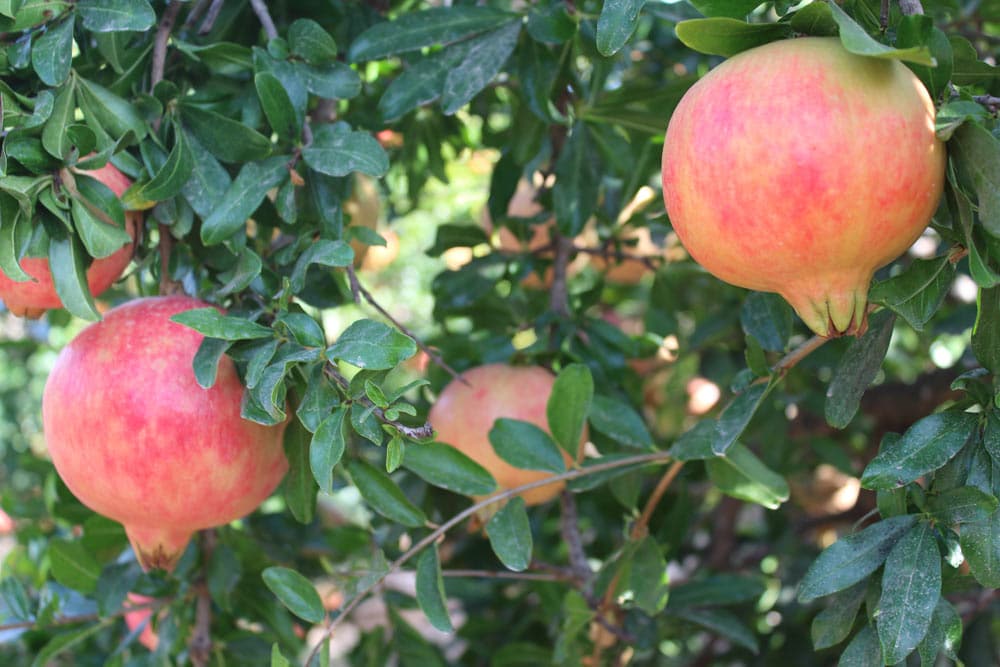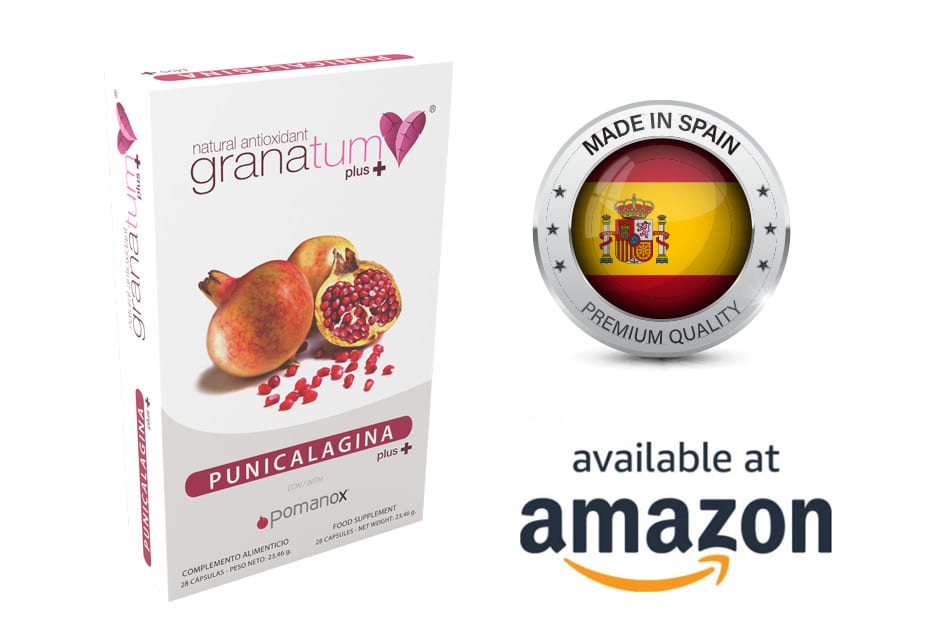
In summary, this proof-of-principle study demonstrated that encapsulation of pomegranate polyphenols in PLGA–PEG NPs enhances their bioefficacy.
RESEARCH TITLE: Nanoencapsulation of pomegranate bioactive compounds for breast cancer chemoprevention
COUNTRIES: USA
CONDUCTED BY: Cancer Research Center, University at Albany, USA; Cancer Research Center, University at Albany, Rensselaer, NY, USA; Pharmaceutical Research Institute, Albany College of Pharmacy and Health Sciences, Albany, NY, USA
PUBLISHED ON: International Journal of Nanomedicine
RESEACH:
Abstract
Pomegranate polyphenols are potent antioxidants and chemopreventive agents but have low bioavailability and a short half-life. For example, punicalagin, the major polyphenol in pomegranates, is not absorbed in its intact form but is hydrolyzed to ellagic acid moieties and rapidly metabolized into short-lived metabolites of ellagic acid. We hypothesized that encapsulation of pomegranate polyphenols into biodegradable sustained release nanoparticles (NPs) may circumvent these limitations. We describe here the development, characterization, and bioactivity assessment of novel formulations of poly(D,L-lactic-co-glycolic acid)–poly(ethylene glycol) (PLGA–PEG) NPs loaded with pomegranate extract or individual polyphenols such as punicalagin or ellagic acid. Monodispersed, spherical 150–200 nm average diameter NPs were prepared by the double emulsion–solvent evaporation method. Uptake of Alexa Fluor-488-labeled NPs was evaluated in MCF-7 breast cancer cells over a 24-hour time course. Confocal fluorescent microscopy revealed that PLGA–PEG NPs were efficiently taken up, and the uptake reached the maximum at 24 hours. In addition, we examined the antiproliferative effects of pomegranate extract, punicalagin, and/or ellagic acid -loaded NPs in MCF-7 and Hs578T breast cancer cells. We found that pomegranate extract, punicalagin, and ellagic acid nanoprototypes had a 2- to 12-fold enhanced effect on cell growth inhibition compared to their free counterparts, while void NPs did not affect cell growth. PU-NPs were the most potent nanoprototype of pomegranates. Thus, punicalagin may be the polyphenol of choice for further chemoprevention studies with pomegranate nanoprototypes. These data demonstrate that nanotechnology-enabled delivery of pomegranate polyphenols enhances their anticancer effects in breast cancer cells. Thus, pomegranate polyphenols are promising agents for nanochemoprevention of breast cancer.
Conclusion
In summary, this proof-of-principle study demonstrated that encapsulation of pomegranate polyphenols in PLGA–PEG NPs enhances their bioefficacy. Furthermore, we identified PU-NPs as the most potent of the three pomegranate nanoformulations, suggesting that punicalagin represents a polyphenol of choice for further investigations of pomegranate nanoprototypes. This study serves as the first step toward establishing pomegranate nanoformulations as promising cancer chemopreventive agents.
YEAR: 2015
